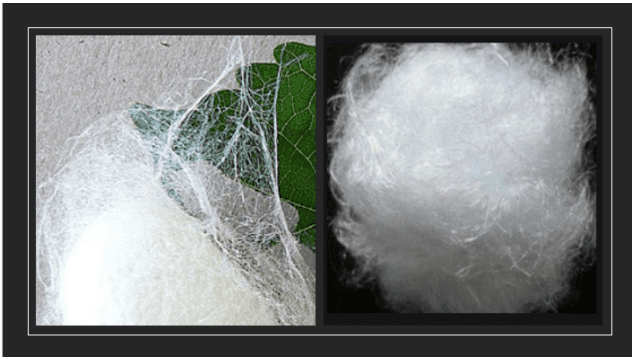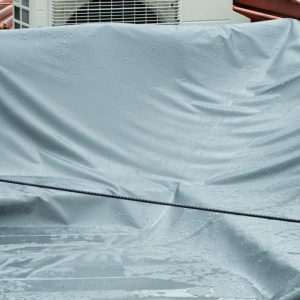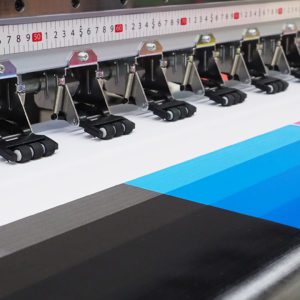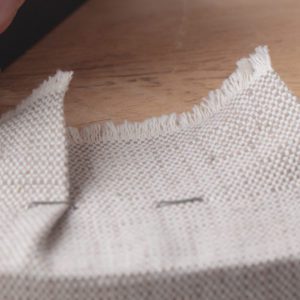Overview
Simply put, nylon fabric was invented as a substitute for silk. Nylon features a silky hand with enhanced durability and strength to create more versatile fabrics at a lower price point than its natural counterpart. With a smooth feel, nylon fabric is used in sheer hosiery, parachutes, swimsuits, bags and cases, military clothing, airbags, and even car tires. Even though it’s a top-selling fabric, many consumers don’t know much about nylon. We’ve collected the most important nylon facts to teach you all about this popular fabric.
The below image shows silk fibers on the left and nylon fibers on the right:

Who invented nylon?
Wallace Carothers (1896-1937) is the father of nylon fabric, polyester fabric, and neoprene. In 1940, the first nylon stockings went on sale as an inexpensive alternative to silk and approximately five million pairs were sold on the first day alone. Nylon sales boomed during WWII when it was needed for parachutes and other military-related equipment.
Fun fact: DuPont launched nylon commercially, initially with plastic toothbrushes.

How is nylon made?
Nylon is created by combining hexamethylenediamine with adipic acid. Nylon pellets are melted and extruded through a spinneret, which looks similar to a shower head with its tiny holes.
Fun fact: A spider uses a natural spinneret when it makes spider silk.



























